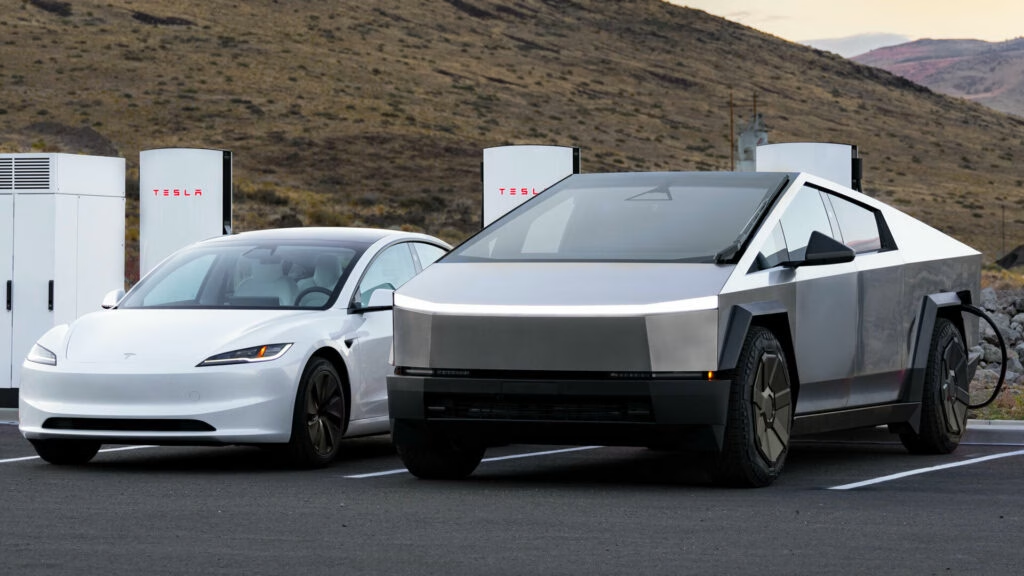Are EV Charging Stations Really Dirtier Than Gas Stations?
It might sound counterintuitive, but recent research from the UCLA Fielding School of Public Health has thrown a curveball into the clean-energy conversation: the air around some electric vehicle (EV) charging stations can actually be dirtier than what you’ll find at a typical gas station. Let’s dig into what’s going on, why it matters, and what you can do about it.
What’s Hiding in the Air Around EV Chargers?
You’d expect EV charging stations—those sleek, futuristic hubs of sustainability—to be paragons of clean air. But when researchers measured fine particulate matter (PM2.5) at 50 DC fast charging stations across Los Angeles, they found something surprising. PM2.5 refers to tiny particles, about 30 times smaller than a human hair, that can slip deep into your lungs and even enter your bloodstream. Not exactly what you want to be breathing in while waiting for your car to juice up.
Here’s the kicker: while the urban background PM2.5 in LA hovers around 7 to 8 micrograms per cubic meter, and busy intersections or freeways hit 10 to 11, gas stations averaged 12. Fast chargers? They clocked in at an average of 15 micrograms per cubic meter, with some readings spiking as high as 200. That’s a jaw-dropper.
Why Are EV Chargers Kicking Up So Much Dust?
The culprit isn’t the cars or the electricity itself—it’s the fans inside the power cabinets at these charging stations. These cabinets convert grid electricity into the direct current needed to charge your vehicle, and they get hot. To keep things cool, powerful fans kick in, but they also stir up dust and debris from the ground, launching those fine particles into the air right where people are likely to be standing.
Dr. Yuan Yao, one of the lead researchers, explained that this “particle resuspension” is likely the main source of the elevated PM2.5. The effect is most pronounced right next to the power cabinets, but the good news is that the concentrations drop off sharply just a few meters away. Walk a few hundred meters, and you’re back to normal city air.
How Dangerous Are These Fine Particles?
PM2.5 isn’t just a nuisance—it’s a real health risk. Dr. Michael Jerrett, another member of the UCLA team, pointed out that these particles can travel deep into your lungs and even make their way into your bloodstream. Over time, exposure to high levels of PM2.5 has been linked to heart and lung diseases, and people with pre-existing conditions or respiratory sensitivities are especially vulnerable.
It’s worth noting that while these spikes are concerning, they’re highly localized and short-lived. Still, if you’re spending a lot of time at fast chargers, especially if you have kids or respiratory issues, it’s something to be aware of.
Does This Mean EVs Aren’t as Clean as We Thought?
Not so fast. Professor Yifang Zhu, an environmental health expert at UCLA, emphasized that EVs are still a massive improvement over gasoline vehicles when it comes to overall air quality. In fact, transportation electrification has been shown to reduce pollution for entire communities. The issue here isn’t the EVs themselves, but a quirk of the charging hardware—one that can likely be fixed.
What Can Be Done to Make EV Charging Cleaner?
The solution might be surprisingly simple. The researchers suggest that adding air filters to the power cabinets could dramatically reduce the amount of dust and debris kicked up by the fans. It’s a tweak that manufacturers and charging network operators could implement without reinventing the wheel.
In the meantime, there are practical steps you can take. If you’re charging your EV at a fast charger, consider staying inside your car with the climate control running, or stepping away from the immediate area around the power cabinets. Even moving a few meters away can make a big difference in what you’re breathing.
Should You Rethink Charging Your EV?
Not at all. The benefits of EVs—lower emissions, quieter streets, and less reliance on fossil fuels—still far outweigh this newly discovered downside. But as with any new technology, there are always unexpected wrinkles to iron out. This study is a reminder that “clean” solutions sometimes have hidden costs, but also that those costs can often be managed with a little ingenuity.
The big takeaway? Cleaner transportation isn’t about perfection—it’s about smarter adjustments. Start with one change this week, and you’ll likely spot the difference by month’s end.

